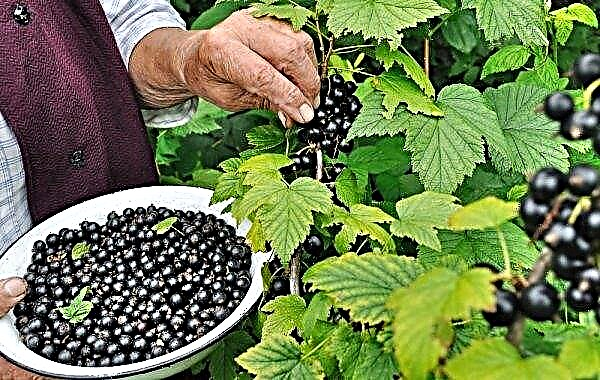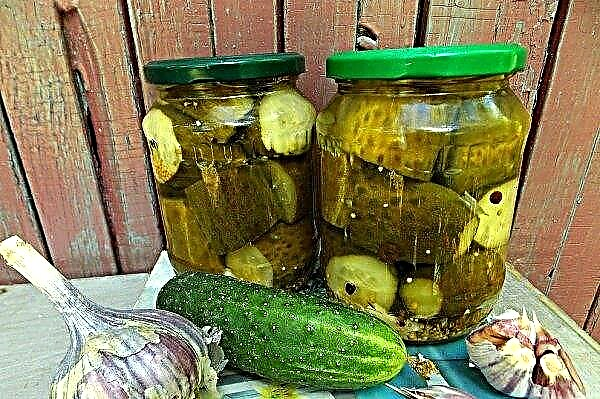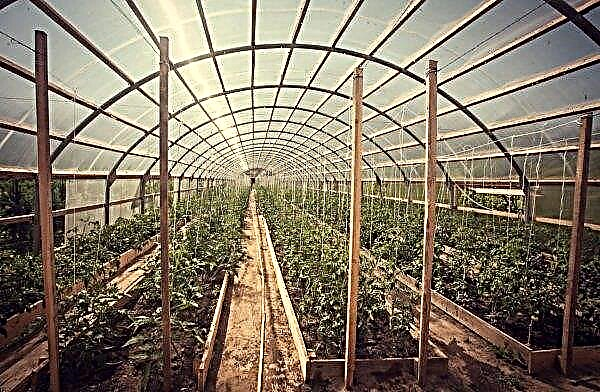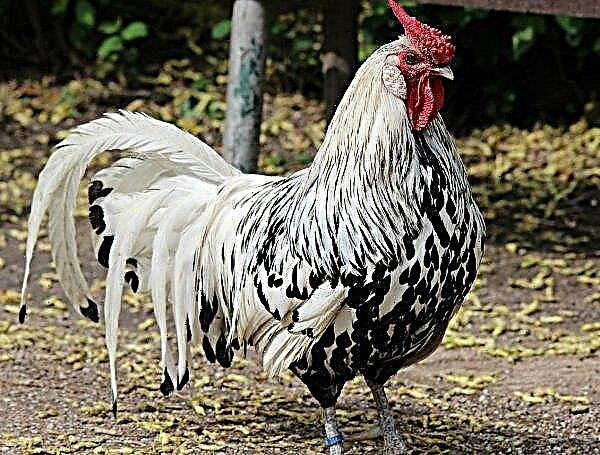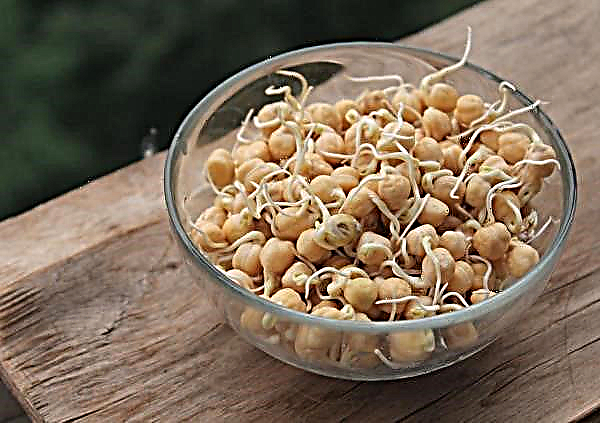Cypress is a low conifer brought into our territory from the North American region. The height of the bush is small, not more than a meter. Therefore, it is permissible to cultivate it both in the room and on the street. How to grow a cypress tree when planting is made and what care should be like will be described later.
When you need to transplant a cypress from a pot to open ground
If the pot is the habitual place of growth of the cypress, in spring it can be planted in unprotected soil. Perform the procedure in April, when the earth has time to warm up after winter. But it is advisable to prepare the pit in the fall.
How to choose the right place for landing
Cypress loves open terrain or light partial shade. At the same time, good ventilation is mandatory on the site. Decorative varieties are best planted in a moderately lit area. You can not plant a tree in a lowland where water stagnates, and warm air practically does not reach. Cypress does not tolerate calcareous soil. It is better if it is loam.

Preparation of soil for planting
All conifers prefer drained, nutritious soil. It is advisable to plant moisture-loving varieties with a small amount of clay in order to retain moisture. Do not add fresh manure or bird droppings to the soil. These components cause a burn to the root system.
The soil is prepared in advance. Before planting a cypress, the site is dug up on a bayonet shovel. Then digging landing pits (90 cm deep and 60 cm wide). If you plan to plant several trees, an interval of 1–4 m is left between them. A drainage layer of 20 cm is laid at the bottom of the pit. This may be gravel or broken brick. Then fill it with the prepared mixture. Over the winter, the soil will cross and will be in perfect condition.
Did you know? Due to the great value of wood, many cypress species have been destroyed. Today in the natural environment it can be found in some regions of North America.
For a good rooting and growth of a cypress, you need such garden soil:
- turf land - 3 parts;
- peat - 2 parts;
- compost or rotted manure - 3 parts;
- sand - 1 part.
 If the soil is sufficiently loose, peat and sand can be omitted.
If the soil is sufficiently loose, peat and sand can be omitted.
How to transplant cypress in open ground from a pot
Transplantation begins with pulling the plant out of the pot along with the earthen lump braided by the roots. Large particles of old soil are removed. Then an earthen lump is dipped in a solution for root development (1 pack per ½ bucket of water).
Important! In the process of transplantation, they try not to expose the root system.
Water is poured into the prepared pit. The tree is placed in the center of the pit and is covered with soil mixed with nitroammophos (300 g per pit). After the substrate settles, make sure that the place where the root system enters the trunk is 10–20 cm below ground level. Then the planting is watered and covered with soil. At the end, the soil is mulched and the tree is tied to a support.

Outdoor Care
The cypress is not picky in its content, but the first years after moving to the open ground it needs special care. At a young age, the cypress bush is vulnerable in both summer and winter. Therefore, the tree must be properly fertilized, watered, pruned and trimmed for the winter.
Proper watering
After landing on a new site has been made, the plant must be watered. At the same time, it is controlled so that the substrate does not dry out. Water the seedling 3 times a week. It will be better to strengthen and develop the tree in moist soil. On hot days, the crown should be sprayed in the morning and evening with warm water. To retain moisture in the soil, it is mulched with peat chips or wood chips.
Did you know? For the first time, a cypress tree was described and classified at the beginning of the 20th century.
Before preparing for winter, the soil must be moistened (20 liters for each bush). The first year after moving to a place of constant growth, the crown needs protection from the aggressive sun. Therefore, they try to maintain optimal humidity by sprinkling.

Fertilizer and fertilizing
So that the tree can grow healthy, in 2–2.5 months after planting it begins to be fertilized. They introduce complex fertilizer for conifers (Kemira, etc.) at a concentration of ½ of that indicated on the package. Dry preparation is scattered on the ground around the trunk and buried. Adult cypresses feed the same preparation twice a month from spring to July. From the second half of summer, the bush begins to be prepared for the rest period.

Pruning
If you want to properly care for the plant, we must not forget about the formation of the crown. Perform the procedure in the spring, starting from the second vegetative season after planting. Work is carried out with a sharp, disinfected tool. The bushes are carefully cut to 1/3 of the shoot, creating a crown in the form of a figure or geometric shape.
Important! The bare shoots are cut off completely, because after some time they will still dry.
It is also important to carry out annual sanitary pruning in the spring. All cold and injured branches are removed. Autumn is the period when the active growth of the bush stops. At this time, all the growth of the current year is cut off by 1/3, trying to maintain the shape of the crown.
Video: Mowing a cypress
Disease and Pest Prevention
Another condition for the healthy growth of cypress is the prevention and control of infections, fungi and pests. Fortunately, the plant tolerates such problems quite persistently, but sometimes it can suffer from them.
The main enemies of the cypress:
- Spider mite. When a parasite appears, the shoots and needles turn yellow and fall off. The fight is conducted with the help of such drugs as Nissoran, Apollo and Neoron. They process the tree several times with a break of 7 days.
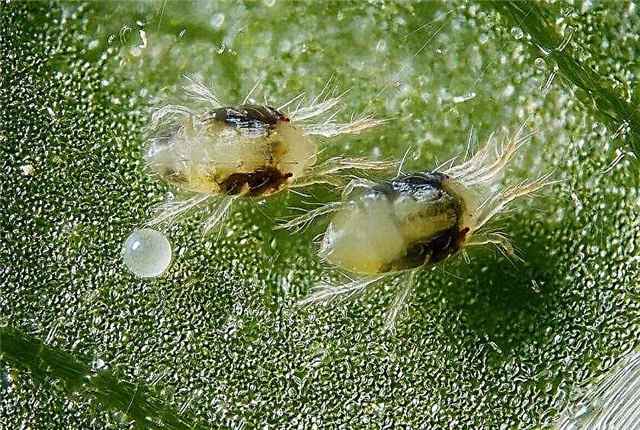
- Shields. These harmful insects cause the tree to wilt and dry. To combat them, they use Nuprid.

Most often, cypress suffers from root rot. The disease may appear due to improper care of the tree. To combat the problem, fungicidal preparations are used. If the disease hit the root, the plant is removed completely and burned. The soil where the tree grew is cultivated. To prevent fungal diseases, you can treat the tree with copper-containing preparations.
Did you know? Under natural conditions, the cypress grows to 50–70 m. But in a cultural form, it is almost impossible to achieve such results. The most cultivated species reach a height of up to 3 m.
Winter preparations
Even winter-hardy species in the first 4 years after planting require shelter for the winter. Moreover, the cover should save both from frost and from the aggressive sun. In autumn, the trees are wrapped with covering material (burlap, wrapping paper, acrylic, etc.). In the northern regions, the plant is not left in unprotected soil, but is moved to containers and cleaned for the winter in the house. In regions with a warm climate, an adult bush overwinters without protection. In areas with severe winters, the trunk circle is mulched with a thick layer of spruce, peat or fallen leaves.

How to propagate a cypress
Like cypress, homemade cypress can be propagated independently. To do this, take into account some points and breeding rules.
Cuttings
This method is the most optimal. In order to grow cypress by cuttings, cuttings (15–20 cm) are separated from lateral shoots of young trees in early spring. Then the branches are cleaned of leaves and placed in the ground. It is good if the substrate will consist of coniferous bark, perlite and sand.
At the end, the stalk is covered with a film or plastic dishes. This creates hothouse conditions. Leave to root for 2 months. When the stalk grows roots, it can be planted in a place of constant growth.

It is advisable to place the seedlings indoors at a temperature of + 20 ... + 22 ° C. Such conditions are maintained until the root system appears. But replanting in unprotected soil is possible only for the next year.
Seeds
This method is used infrequently, since varietal characters are lost during cultivation. Therefore, this option is suitable only for pure, not cultivated species and is considered quite time-consuming. If the seed material is collected independently, they must be stratified. Such manipulation will increase germination to fifteen years.
Important! You can not put seedlings in direct sunlight - they can die.
Before planting the seed, it is hardened. To do this, the container is filled with a nutrient mixture, seeds are placed in it and taken out into the open air under snow. It can be tempered at home in the refrigerator. This process lasts 2–2.5 months. In the spring, the container is brought into a warm room and the substrate is thawed. At a temperature of + 18 ... + 23 ° C, seedlings will begin to germinate.

Sprouts must be watered and controlled so that the soil is slightly moist. In this case, the container is placed under bright but scattered light. When the sprouts are a little stronger, they can be taken out for hardening. If the seedlings sprouted too densely, they are dived. When they are fully strengthened, you can transplant into open ground in a small penumbra.
Layering
This method is suitable for plants grown in unprotected soil. The cypress is propagated, as is the cypress: the lower shoots are unbent and sprinkled with soil. It is advisable to treat the place of the break with a growth stimulator so that the shoot can take root faster. After a year, the tap is separated from the mother tree and transplanted. The advantage of this method is that it is not necessary to create greenhouse conditions for the removal - the root system is developing well, since it receives power from the mother trunk.

Having shown patience, adhering to all the rules of growing cypress, you can get on your site a luxurious, fragrant tree that will adorn it for many years.



